CS210 Computer Systems
Contents
%run -i python/common.py
%run -i python/ln_preamble.py
CS210 Computer Systems#
Intro and the Big Picture#
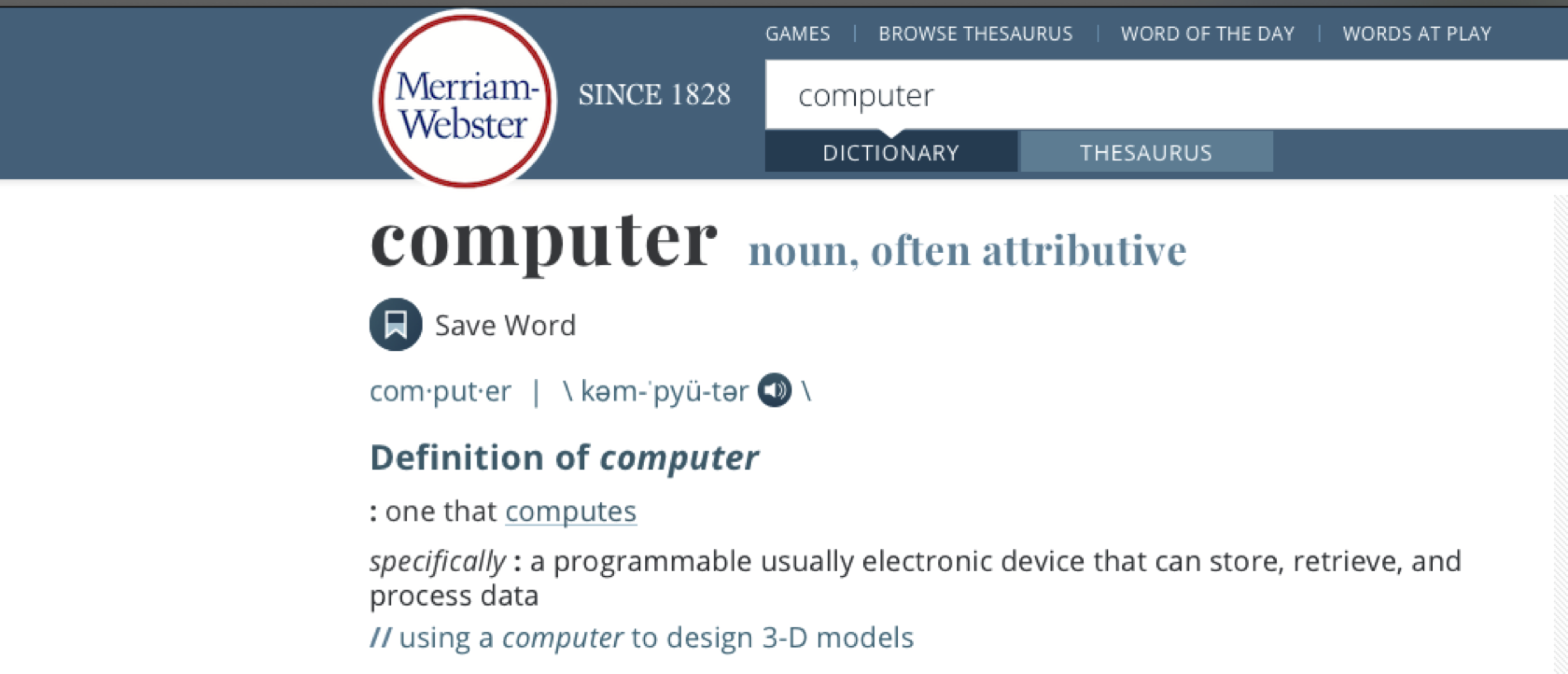
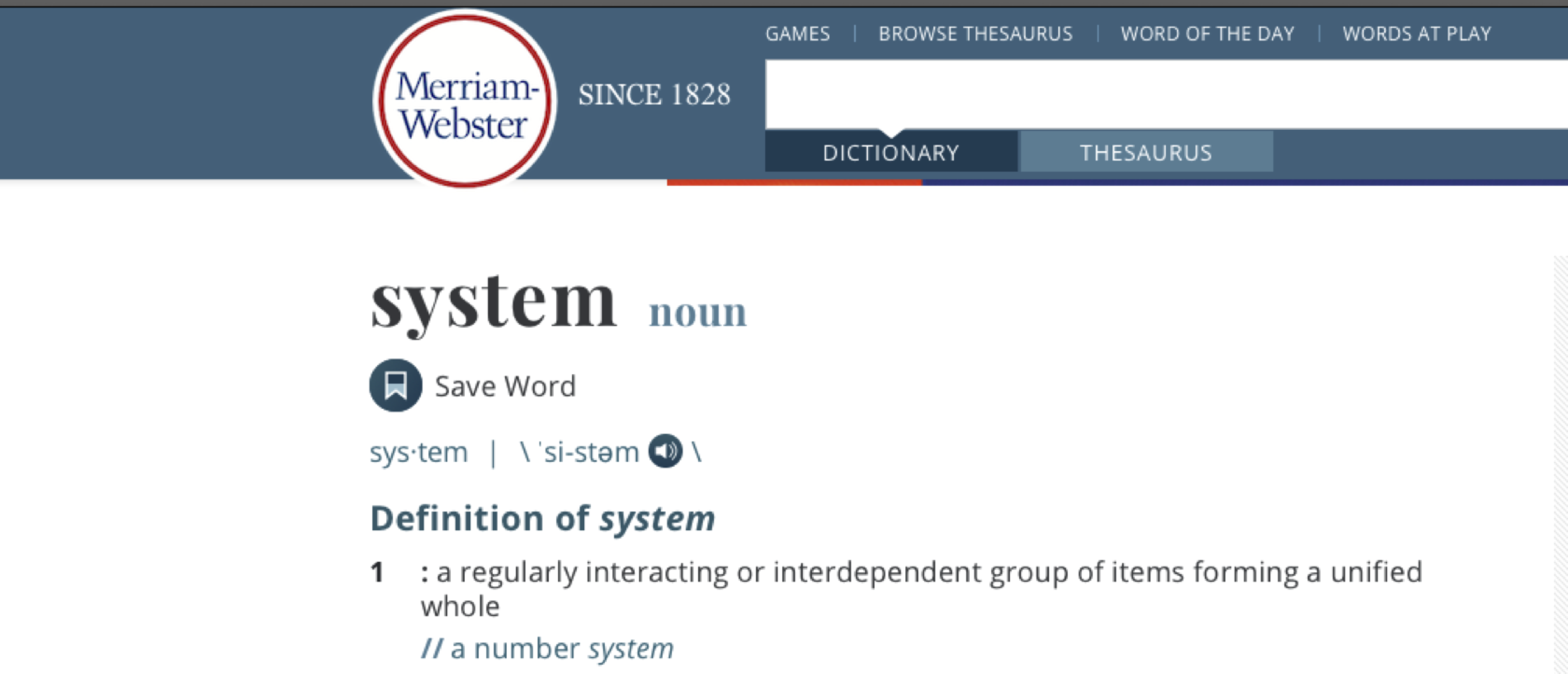
Highlight – “Programmable” and “Device”

COMPUTER SYSTEM
A rich and beautifully tapestry of Interacting
Hardware + Software components that are the substrate to our modern digital world
Hardware + Software components that are the substrate to our modern digital world
This Class
Understand the “Anatomy” of Software and how it interacts with the hardware.
Expose you to a deeper view of the digital world and around you
Give you the skills and knowledge to understand and manipulate (program) more of the computing
Generally make you better programmers and more informed decision makers
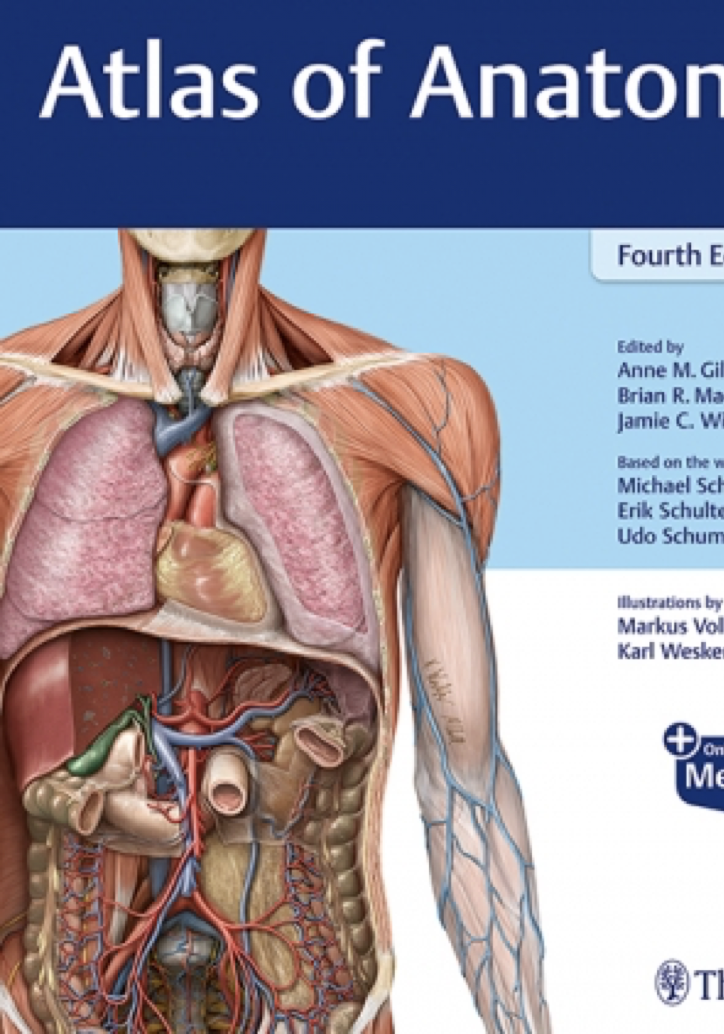
GENERAL ANATOMY OF COMPUTING
Computing is composed of many parts — roughly organized into layers
HARDWARE: Foundation on which everything is built
SOFTWARE: Complex layers of interacting software components

GENERAL ANATOMY OF COMPUTING
Computing is composed of many parts — roughly organized into layers
HARDWARE: Foundation on which everything is built
SOFTWARE: Complex layers of interacting software components
Despite all the kinds of computers in our lives …
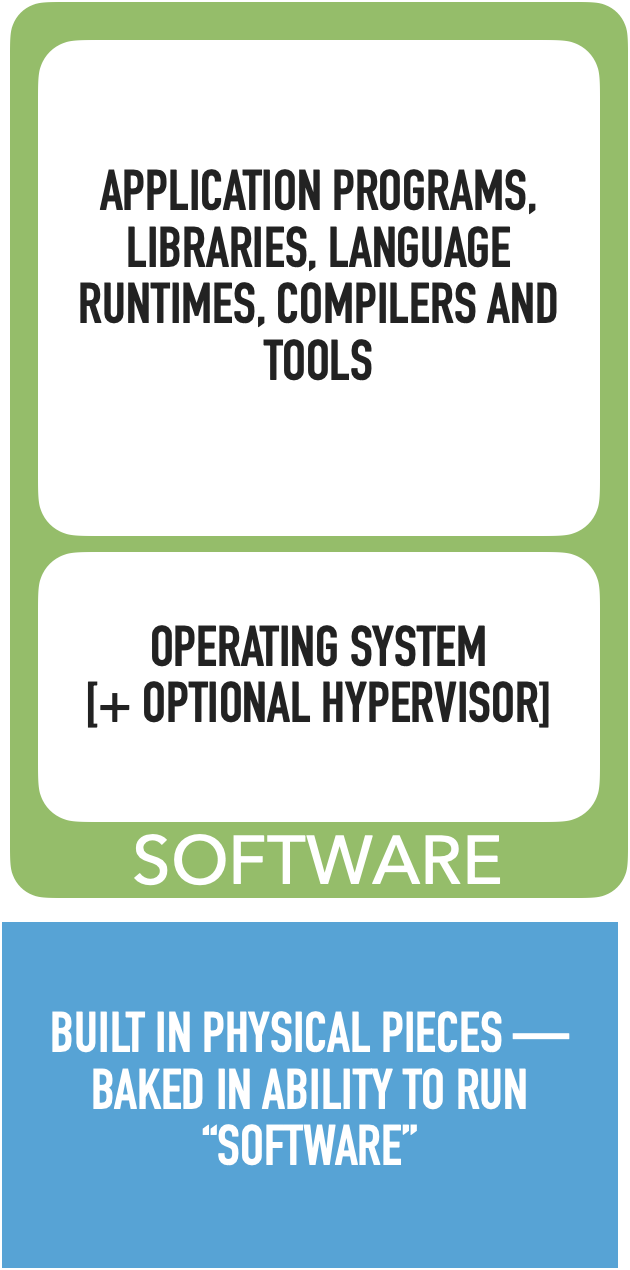
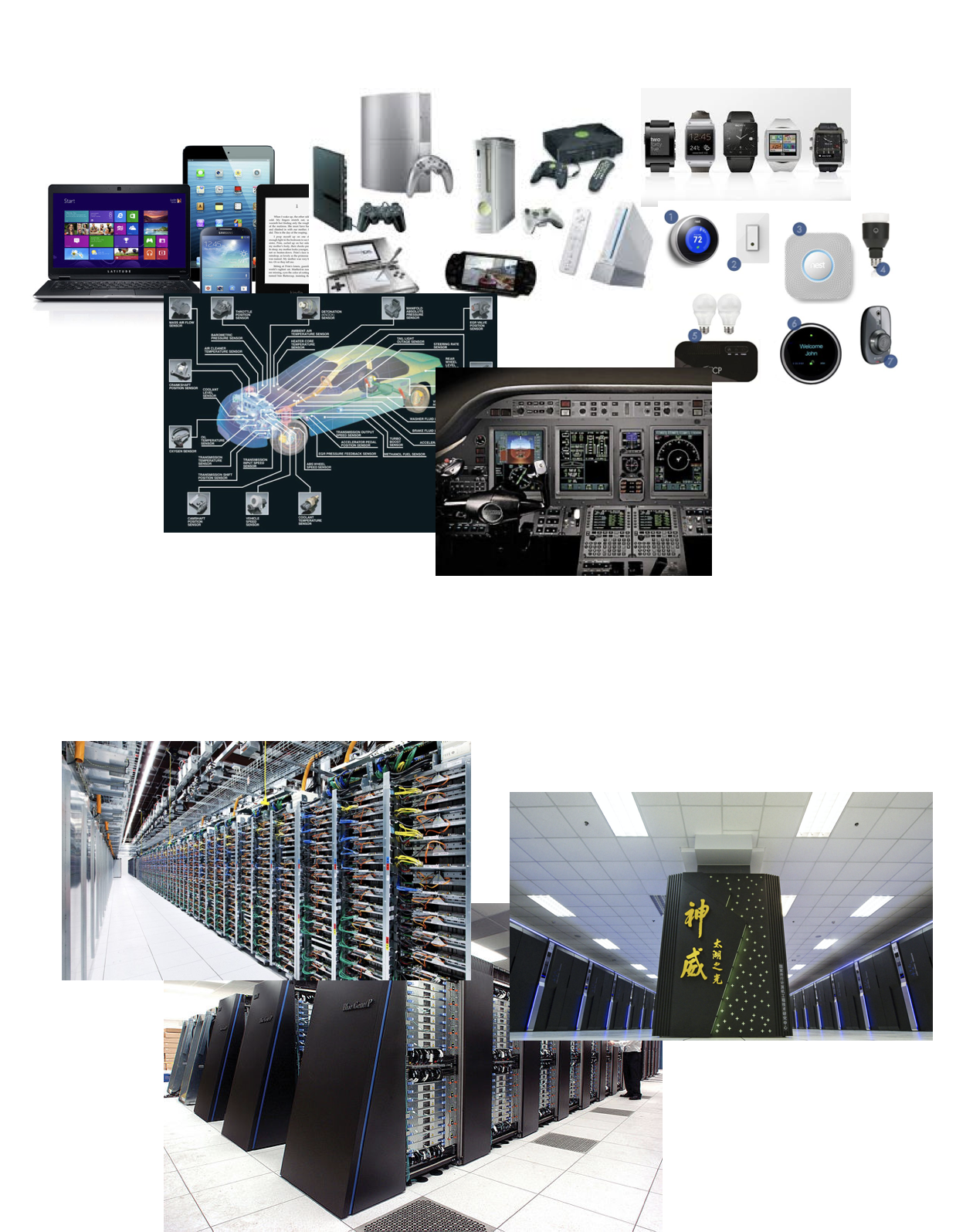

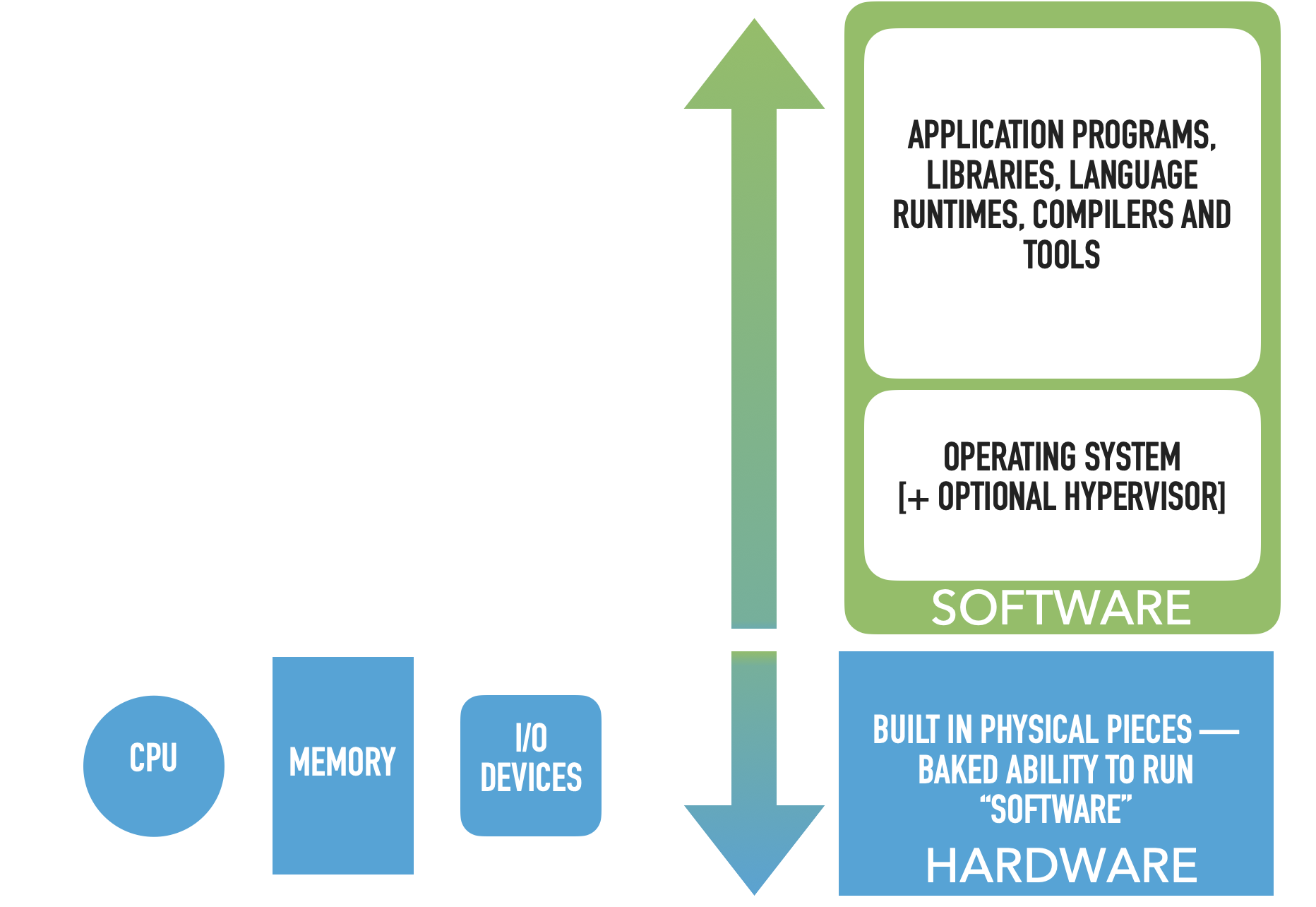
Client Computers
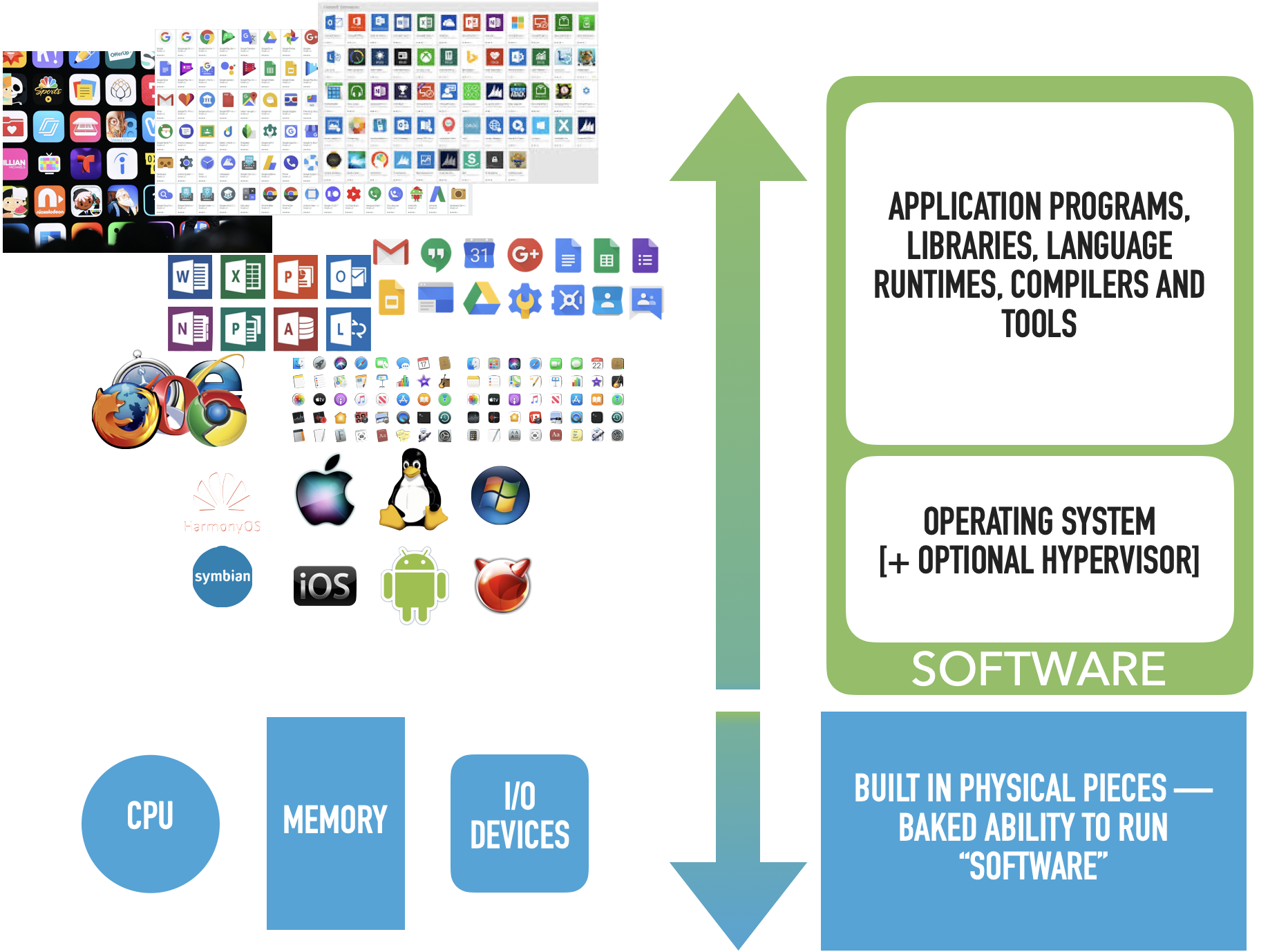
Server Computers

A Programmers View
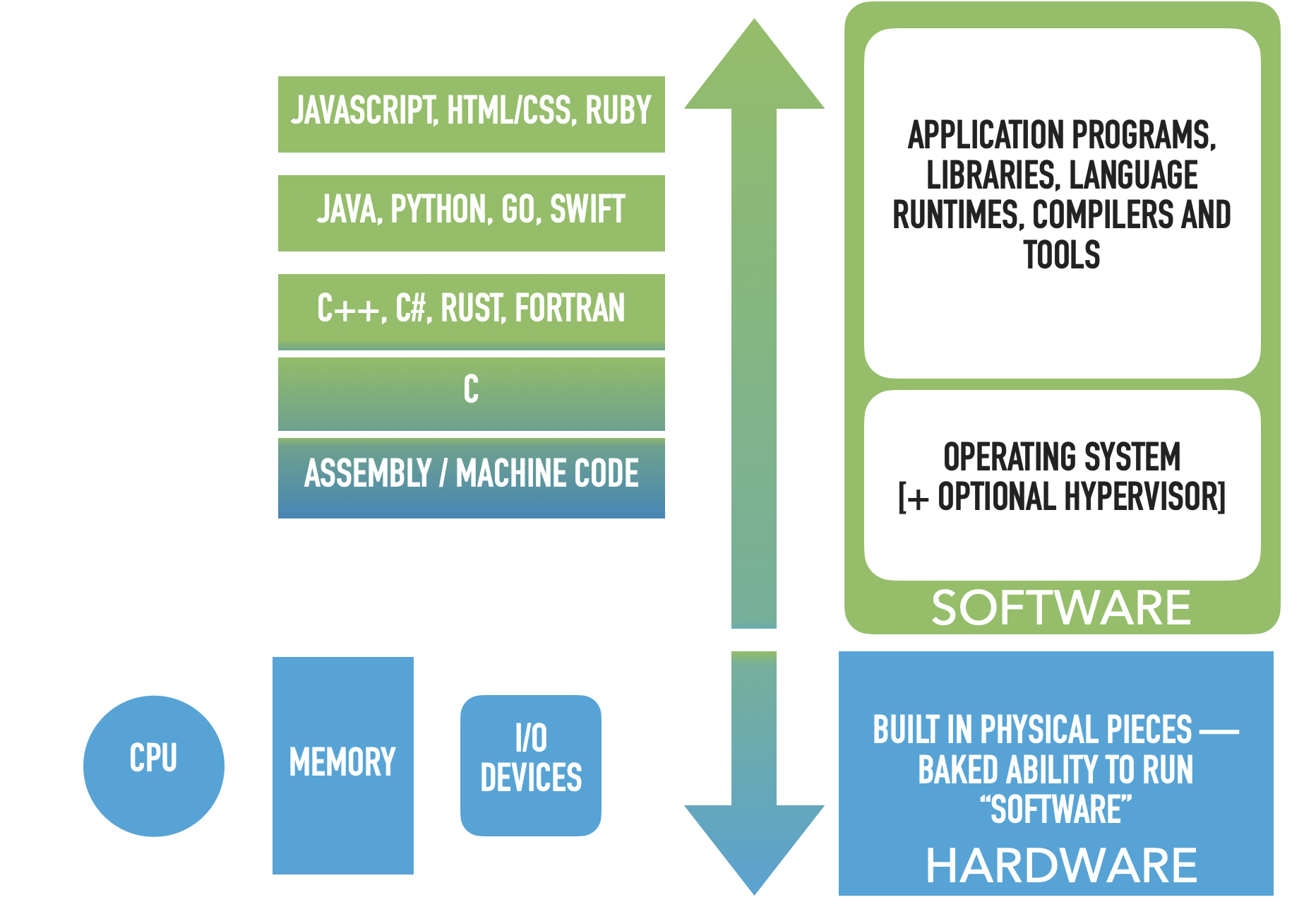

The two pillars of computer science
Theory and Systems
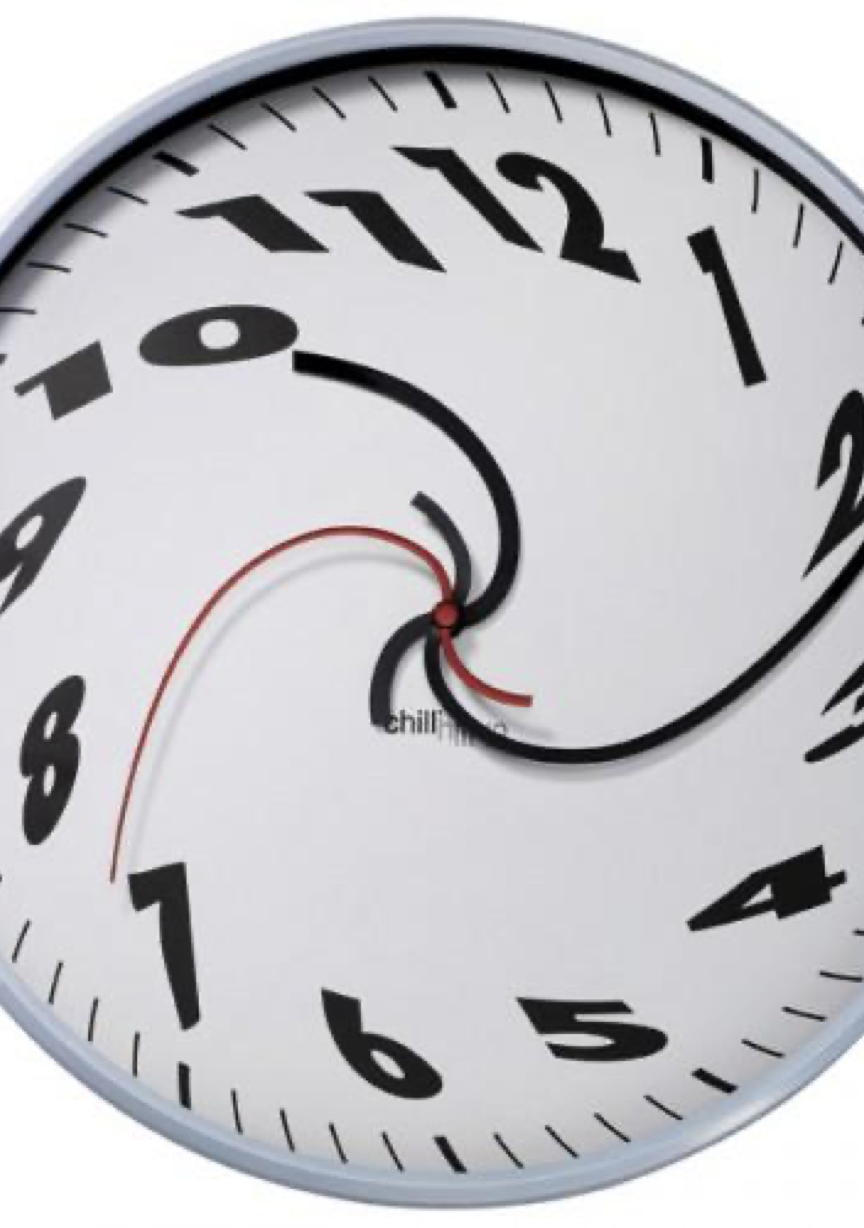
Lets turn back the clock
Before there was computer science and there was only imagination of what could be
Turing and the Turing machine
Von Neumman and the Von Neumman Architecture
Rear Admiral Grace Hopper and the compiler






May you live in interesting times…
Knowledge is power…
It's up to YOU … as to what comes next
WHO ARE WE?
Welcome to CS210#
Course Goals and Objectives
“Under the Covers : The Secret life of Software”
Rest of course infrastructure
Staff
Syllabus
calendar
grade break down
assignments
midterms
exam
attendance and participation
Lectures, Discussions and Office hours
General Advice
Course Goals#
Understand the layers of computer systems
Understand software / hardware interaction
Learn foundational concepts, skills and tools for working with computers
#FileCodeBox("src/hello_bb.c", "C", "<b>CODE: C - Hello World")
display(Markdown(FileCodeBox(
file="src/hello_bb.c",
lang="C",
title='<b>CODE: C - Hello World')))
CODE: C - Hello World
#include <stdio.h>
int main()
{
printf("hello world\n");
return 0;
}
showET()
Edit
showBT()
Build
showDT()
Debug
showET()
Edit
#MkCodeBox("src/popcnt_bb.S", "gas", "<b>CODE: asm - Our First assembly program - Playing with popcnt", "200%", "640px")
#FileCodeBox("src/hello_bb.c", "C", "<b>CODE: C - Hello World")
display(Markdown(FileCodeBox(
file="src/popcnt_bb.S",
lang="gas",
title="<b>CODE: asm - Our First assembly program - Playing with popcnt",
h="600px",
w="640px"
)))
CODE: asm - Our First assembly program - Playing with popcnt
.intel_syntax noprefix
.text
.global _start
_start:
popcnt rax, rbx // same as .byte 0xF3, 0x48, 0x0F, 0xB8, 0xD8
showBT()
Build
display(Markdown(FileCodeBox(
file="assembly/popcnt_build.sh",
lang="shell",
title="<b>NOTES: on building popcnt",
h="15em",
w="100%")))
NOTES: on building popcnt
#To assemble and link the code we will use the following command:
as -g popcnt.s -o popcnt.o
ld -g popcnt.o -o popcnt
# We can automate this using a makefile so that all we would need to do is:
make popcnt
showDT()
Debug
display(Markdown(FileCodeBox(
file="assembly/popcnt_gdb.txt",
lang="shell",
title="<b>NOTES: using gdb with popcnt",
h="100%",
w="640px")))
NOTES: using gdb with popcnt
# To get the debugger going:
gdb -tui popcnt
# Now we want use gdb command to poke around popcnt
# To setup the assembly syntax to intel:
set disassembly-flavor intel
# Configure a layout that is more friendly to assembly code:
tui new-layout mylayout regs 3 {src 1 asm 1} 2 cmd 1 status 0
# Switch to the new layout:
layout mylayout
# force small command window to be sure lots of room for regs
winh cmd 4
# make command window in focus so that arrows work as history
focus cmd
# Set a breakpoint at the start symbol so exection will stop their:
break _start
# Start the program running:
run
# play around with popcnt
set $rbx = 0b11
set $rbx = 0xFFFE
